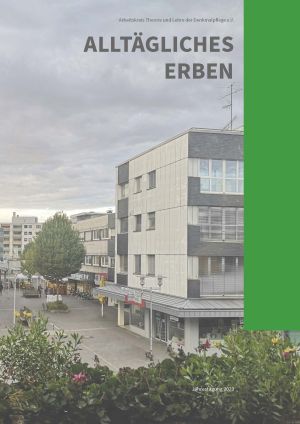Zitationsvorschlag
Veröffentlicht
Die Bedeutung von Schulbauten der 1960–70er Jahre für die Entwicklung einer nachhaltigen Denkmalpädagogik
The school buildings of the 1960s and 70s in the Federal Republic of Germany are built witnesses to a reform effort aimed at implementing a fair and democratic educational system. They were created in a socially and politically formative era.
Yet these buildings are not generally viewed favorably in the broader society, in politics or in certain fields of scholarship. Decades of neglect have resulted in serious defects in construction that have left them unable to meet contemporary requirements when it comes to energy efficiency, technical standards and educational effectiveness. In addition, there is a widespread view and even a fear that these buildings cannot be adapted to the changed demands of an inclusive and evolving society and to the new pedagogical concepts that go along with it. In future-oriented discussions, this view often leads to demands for demolition and new school construction, which override the option of an intensive examination of the existing buildings and their reconstruction. Given this situation, it is not surprising that only very few school buildings of this period are protected under heritage law.
In this essay, the example of a school slated for demolition in southern North Rhine-Westphalia is used to address the problems and issues involved and to point up the urgent need for action and a discussion of fundamental values in relation to the conservation of these buildings. The focus is less on the history and development of school construction in the 1960s and 1970s than on the reasons for these structures’ poor image, which is set in relation to the importance of heritage conservation and the potential and necessity of heritage education.








